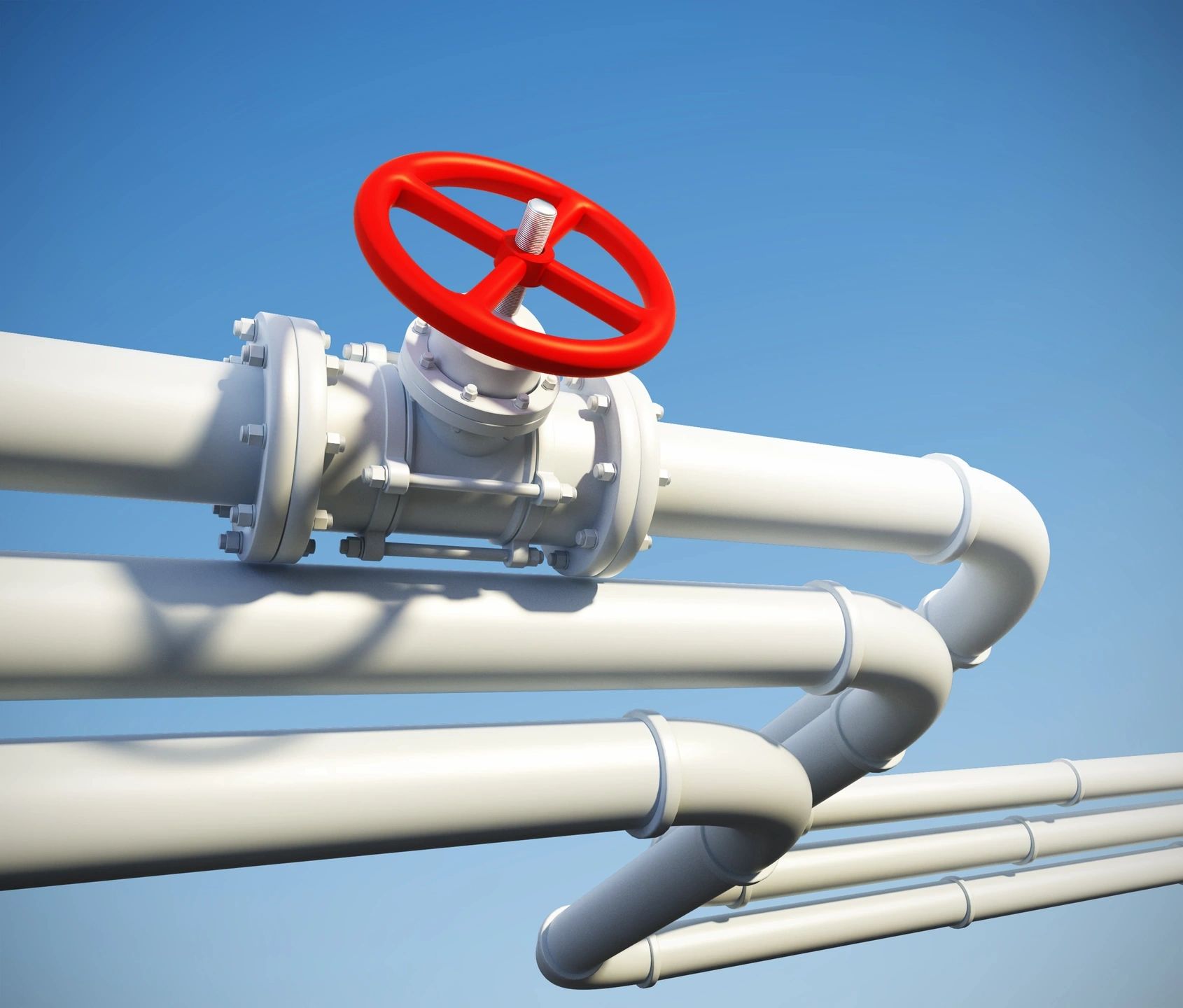
(Argus, 22.Mar.2021) — Natural gas is a central theme among Peru’s top presidential candidates looking to distinguish themselves ahead of 11 April general elections.
None of 18 candidates — spanning the full political spectrum — has garnered more than 20pc in the polls, and none is likely to break past the 50pc threshold needed to avoid a run-off in June.
Investors are wary of tentative frontrunner Yonhy Lescano, who favors a greater state role in the economy and is skeptical of extractive projects opposed by local residents. He is part of a leftist faction of the traditionally center-right Accion Popular party.
Lescano favors Bolivia’s economic model in which the state has a controlling stake in all hydrocarbons and mining projects, compared with Peru where the private sector is at the helm. He told reporters that this model could apply to Peru’s potential lithium and uranium resources as well.
Lescano also supports construction of a gas pipeline from Bolivia to Peru that he says would spark competition with domestic supply. The state should have a greater regulatory role to keep prices in check, he says.
Rafael Lopez Aliaga, who has the best shot from the hard right to make the run-off, dismisses the interventionist model but agrees with the idea of a gas pipeline from Bolivia to lower prices.
Lopez says he would review the contract for the Camisea gas project, which is led by Argentina’s Pluspetrol, to keep LPG prices in check. Pluspetrol produces 80pc of the LPG used in Peru with feedstock from Camisea.
Lopez’s foil is Veronika Mendoza, who came in third in the 2016 electoral race, barely missing the run-off. She is calling for outright nationalization of Peru’s gas industry.
“It is time to take back sovereignty of our territory, of our natural resources, starting with natural gas. We will nationalize natural gas,” Mendoza said at a 14 March rally in Cusco, her home region and home to the Camisea gas fields.
Several other left-wing candidates, none of whom top 5pc, espouse nationalization as well.
Pablo de la Flor, chief executive of mining and energy trade group SNMPE, told Argus that Lescano and other candidates talking about the Bolivian model are ignoring its “absolute failure” since that country’s 2006 nationalization.
“Instead of talking about failed policies of the past, we should be taking advantage of our natural resources. We are in a positive cycle and should be focused on developing our resources.”
De la Flor added that “private companies have no confidence in the Bolivian model, which is why there is no investment and gas reserves have fallen.”
Don’t even say it
Felipe Cantuarias, head of the Peruvian hydrocarbons chamber, warned that the mere mention of nationalization could destroy the sector.
Pluspetrol leads a consortium that produces most of Peru’s gas at the Camisea fields, while US Hunt Oil operates the associated 4.4mn t/yr liquefaction plant on the southern coast.
Cantuarias said investment and not nationalization is Peru’s only path to sustaining its gas business.
“Proposals to nationalize natural gas do nothing more than scare off investors. They are anti-technical and undermine the predictability and legal security of investments,” he said.
Peru’s economy is expected rebound in 2021, after plunging by 11pc last year when the Covid-19 pandemic set in. The government’s growth forecast is 10pc, but that might be wishful thinking. The economy contracted by 1pc in January and unemployment is 14.5pc.
One bright spot is copper, thanks to an upswing in prices and a robust outlook on electrification demand.
The next president takes office on 28 July. Caretaker president Francisco Sagasti has led the country since last November, when Peru had three presidents in a week.
____________________
By Lucien Chauvin

